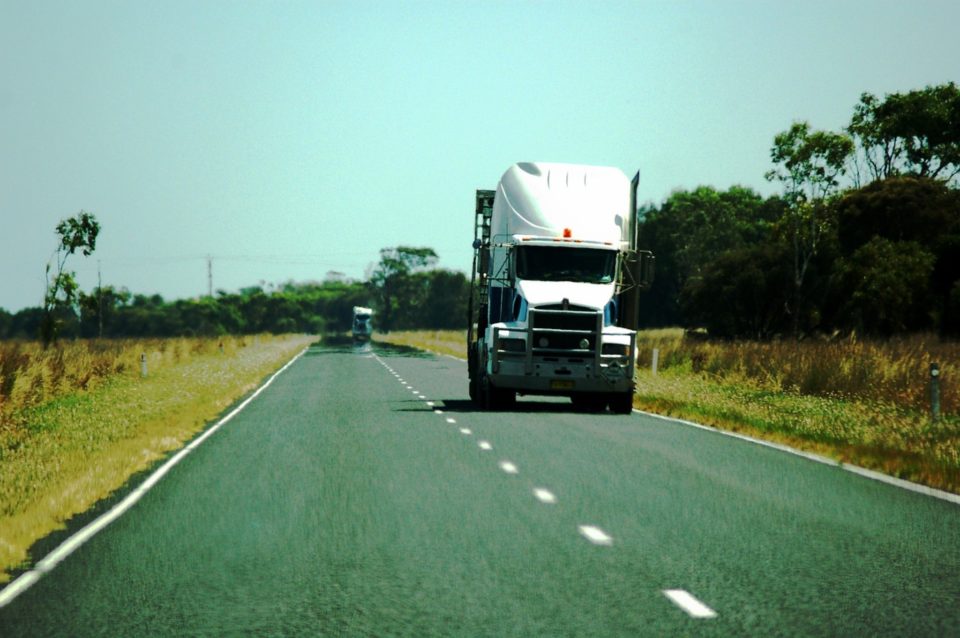Posted On April 23, 2019
What happens when your shipment arrives Over, Short, or Damaged (OS&D)?
To answer that question, we spoke with Deirdre Guice, Operations Manager for Flat World, and Julie Lynch, Freight Claims Specialist at Flat World.
Deirdre Guice is a supply chain and logistics expert. Prior to her experience at the Flat World family of companies, Deirdre served in a variety of roles at industry-leading supply chain companies.
Julie Lynch has spent nearly five years in the industry before joining the Flat World family.
Julie, what should companies know before shipping that could reduce the chances of a claim?
Packaging is critically important. As a shipper, you have a responsibility to properly package your shipment to withstand the normal rigors of transportation. If a claim on a damaged item is denied due to improper or insufficient packaging, we take the next step with our client and advise them on the packaging requirements for their product(s). That way, we can avoid future claims and business disruption that result from a damaged shipment.
Deirdre, can you give us a sense of how many claims Flat World Supply Chain files for their clients—and most important, the success rate of those claims?
Absolutely. In 2018, the Flat World Claims Department filed 1,682 claims. Of those, we received payment or resolution from the carrier on 1,426 claims. That means we were able to resolve about 85% of claims in a manner that satisfied our customer. Of the 256 claims that remain, 86 are still under investigation. That means 170 claims were denied. About 90% of those instances were due to a proof of delivery being signed clear.
It’s simple: If you sign a document saying you received exactly the shipment you expected, your chances of receiving some sort of compensation for damage the carrier inflicted drastically decreases. That’s why we educate our clients on the claims and receiving process.
Julie, is there a timeframe for filing a claim? Is every carrier the same?
Different carriers have different policies, but in general the majority of less-than-truckload (LTL) carriers allow nine months for filing claims. Of course, shippers shouldn’t wait to file a claim. At Flat World Supply Chain, we began working with carriers immediately after we become aware of an OS&D incident.
Small-package shipments are a little different. Most small-pack carriers require claims to be filed within 60-90 days. Most consumers aren’t aware that they can and should notate damages when signing for a delivery.
This year we are making it a priority to educate our own customers on how to handle a damaged shipment.
Deirdre, how complex is the claims process?
It is time-intensive, detailed, and documentation-heavy. Filing a claim after an OS&D incident is like filing an intense insurance claim. For most people, that doesn’t sound like fun.
However, our claims department is a little different. Yes, our clients need to package their shipment correctly—but the overwhelming majority already do. The 2018 data I mentioned earlier can be viewed a different way. When a shipment doesn’t arrive as expected, it was due to carrier error at least 85% of the time.
When that happens, our claims department becomes a staunch advocate for our clients. We work cordially and professionally with carriers—but we do absolutely everything we can to ensure our clients are made whole.
And that advocacy inspires us.
Julie, any parting words?
Two things:
- Packaging, packaging, packaging.
- File your claim as soon as possible.
And partner with Flat World Supply Chain. We want to be your advocate in the event of a claim!
Can I say that? Or is that too promotional?
(Editor’s Note: Yes Julie, it is okay to say that!)

